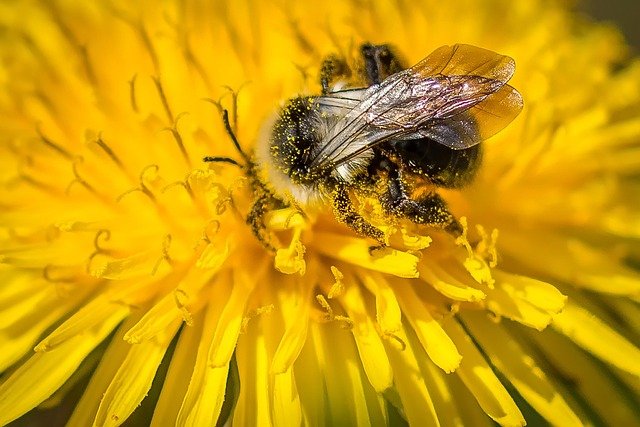Nocturnal Pollinators: The Hidden Heroes of Ecosystems
Bats, moths, and other night-flying creatures play a crucial role in pollination, yet their contributions often go unnoticed. These nocturnal pollinators are essential for the survival of many plant species and the health of ecosystems worldwide. This article explores the fascinating world of night-time pollination and its importance to biodiversity.

Bat Pollination: A Specialized Relationship
Bats are perhaps the most well-known nocturnal pollinators, particularly in tropical and subtropical regions. These flying mammals have developed elongated snouts and tongues to access nectar deep within flowers. Their fur acts as an efficient pollen carrier, transferring genetic material between plants as they feed. Some plant species, such as the iconic saguaro cactus and the durian fruit tree, depend almost exclusively on bat pollination for reproduction.
The Silent Flight of Night Moths
Moths are another critical group of nocturnal pollinators, with over 160,000 known species worldwide. Unlike their butterfly cousins, most moths are active at night and have evolved to detect the faint scents of night-blooming flowers. Some moth species, like the hawk moth, have proboscises nearly as long as their bodies, allowing them to access nectar from deep-throated flowers that other pollinators cannot reach.
Beetle Pollinators: Ancient and Efficient
Beetles were among the first insects to pollinate plants, with a relationship dating back over 200 million years. Many night-active beetle species continue this ancient tradition, visiting flowers that produce strong fruity or decaying scents. These sturdy insects are particularly important for pollinating primitive flowering plants and certain tropical tree species.
The Economic Impact of Nocturnal Pollination
The contribution of nocturnal pollinators to agriculture and the global economy is significant yet often overlooked. Many commercially important crops, such as agave (used in tequila production) and dragonfruit, rely heavily on night-time pollinators. The estimated value of bat pollination to the agricultural industry in the United States alone exceeds $3 billion annually, highlighting the economic importance of these often-misunderstood creatures.
Conservation Challenges and Solutions
Despite their ecological and economic importance, nocturnal pollinators face numerous threats. Habitat loss, pesticide use, and light pollution are among the most pressing issues. Conservation efforts are underway to protect these crucial species and their habitats. Initiatives include creating dark sky reserves to reduce light pollution, promoting bat-friendly farming practices, and educating the public about the importance of nocturnal pollinators.
The Future of Night Pollination Research
As scientists continue to unravel the complexities of nocturnal pollination, new discoveries are constantly emerging. Advanced technologies, such as thermal imaging and DNA analysis, are providing unprecedented insights into the behavior and ecology of night-time pollinators. This research is not only expanding our understanding of these fascinating creatures but also informing conservation strategies to ensure their survival in an increasingly human-dominated world.
In conclusion, the world of nocturnal pollination is a testament to the intricate relationships that have evolved between plants and animals over millions of years. As we continue to learn more about these hidden heroes of our ecosystems, it becomes increasingly clear that protecting them is not just beneficial for biodiversity—it’s essential for the health of our planet and the sustainability of our food systems. By recognizing and valuing the contributions of nocturnal pollinators, we can work towards a future where these remarkable creatures continue to thrive, ensuring the persistence of the delicate balance of life on Earth.




